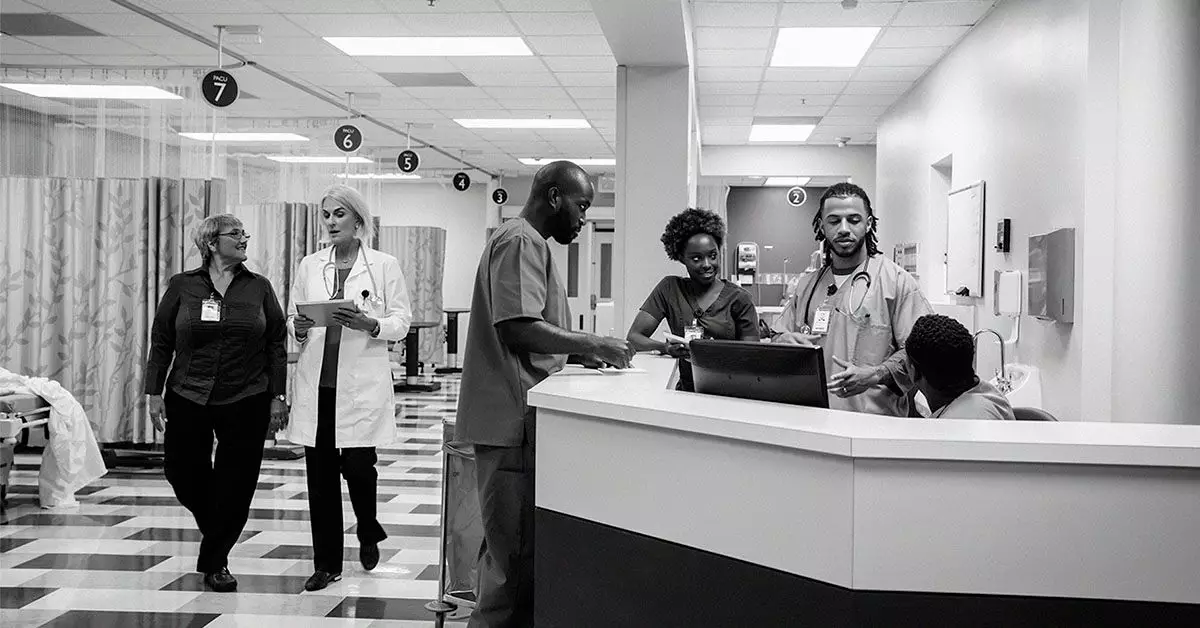Bone marrow transplants, also known as stem cell transplants, serve as a crucial component in the fight against various forms of cancer, especially lymphomas. This innovative procedure allows doctors to replenish the body’s blood-stem cells, which can be severely compromised both by the underlying malignancy and the aggressive treatment methods employed against it. By understanding the nuances and potential of bone marrow transplants, we not only empower patients but also shed light on an essential aspect of modern oncology.
The procedure takes on two primary forms: autologous and allogeneic transplants. In an autologous transplant, the stem cells are harvested from the patient themselves weeks before any high-dose chemotherapy or radiation. This tailored approach essentially ensures that the body has a ready supply of its own healthy cells to reintegrate post-treatment, reducing the chances of rejection and enhancing recovery. In contrast, the allogeneic transplant involves cells from a matched donor, providing an alternative route for patients who may not be suitable candidates for autologous procedures. The intricacies involved in each method speak volumes about the ever-evolving landscape of cancer treatment.
The Process of Extraction: A Detailed Look
The extraction of bone marrow is not without its challenges. Conducted in a controlled medical environment, the process typically begins with the administration of anesthesia to mitigate discomfort. Surgeons use a large needle to extract marrow from the pelvic bones, a procedure that can take up to two hours. Post-procedure, patients often experience localized soreness that can last several days. While pain management strategies are in place, the physical discomfort is often outweighed by the long-term benefits of potential recovery from cancer.
Patients undergoing autologous transplants face a unique preparatory phase. The collection of stem cells often occurs multiple times leading up to intensive therapy, including possibly lethal high-dose chemotherapy. This preliminary phase is essential; it’s a meticulous balancing act between aggressively treating the cancer while ensuring the patient retains enough healthy stem cells for post-therapy recovery.
Effectiveness of Bone Marrow Transplants: Numbers Tell the Story
When discussing the efficacy of the procedures, statistics illuminate the transformative potential of bone marrow transplants. For young, otherwise healthy individuals battling Hodgkin’s lymphoma, autologous transplants have achieved remarkable success, with studies reporting a complete response rate nearing 50%. The importance of thorough post-transplant treatments cannot be overstated; adjunct therapies not only help bolster the chances of complete remission but significantly improve overall outcomes.
The allogeneic route, while often fraught with higher risks—including graft-versus-host disease and possible rejection—also offers hope. Notably, this form of transplant can lead to long-term remission in 30% to 50% of individuals suffering from relapsed T-cell lymphoma. Those statistics are not merely numbers; they represent lives changed and families who have reclaimed hope amid the trials of cancer.
Risks and Considerations: A Complex Landscape
However, the path to recovery through bone marrow transplants is strewn with potential pitfalls. Risks such as infection transmission, failure of transplanted stem cells, and the horror of graft-versus-host disease loom large in the minds of patients. While thorough testing mitigates many risks, the emotional burden of these possibilities must be carefully navigated in discussions with healthcare professionals.
The decision to pursue a transplant is far from straightforward. Physicians weigh numerous factors, including the patient’s overall health, their previous treatment responses, and the specific characteristics of their cancer. A multifaceted evaluation ensures that each patient receives personalized care, built on a foundation of scientific understanding and compassionate guidance.
The Road Ahead: A Bright Horizon for Patients
The landscape of lymphoma treatment has been irrevocably transformed by the advent of bone marrow transplants. With a growing body of research reaffirming their potential benefits, the scientific community is equally focused on optimizing both the procedure and post-operative care. Emerging therapies and support systems that accompany bone marrow transplants promise to enhance recovery and improve long-term survival rates significantly.
For those diagnosed with lymphoma, a bone marrow transplant can be more than just a medical procedure; it embodies the resilience and tenacity of the human spirit. As treatment modalities continue to advance, the goal is not just survival but enhanced quality of life post-cancer—a mission that bone marrow transplants help to further, setting the stage for a brighter future in oncology.

